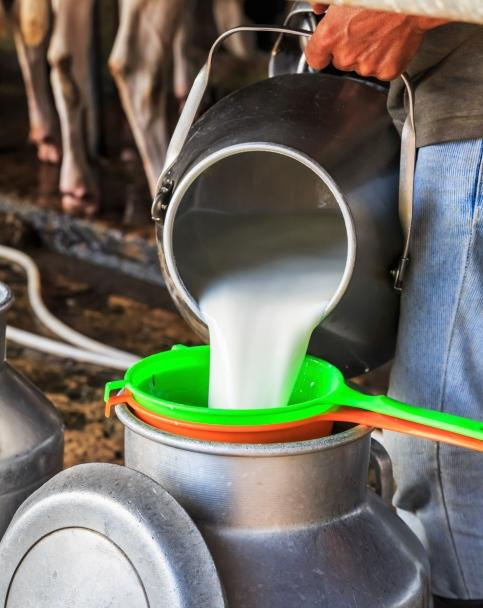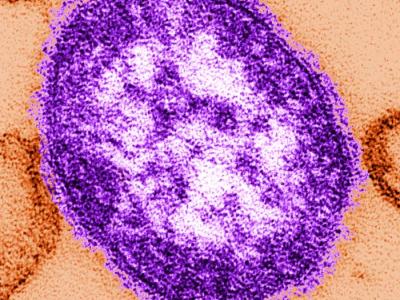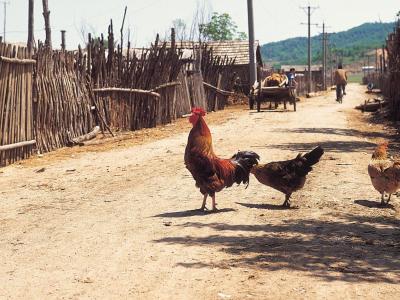
A cohort study involving more than 2.5 million older patients with sepsis found that admission to safety-net hospitals was associated with higher in-hospital mortality than non–safety-net hospitals, researchers reported late last week in JAMA Network Open.
The authors of the study say the findings may be tied to the greater use of hospice at non–safety-net hospitals, which shifts attribution of death from the index hospitalization to hospice care.
The study, led by researchers at Boston University (BU) Medical School and Beth Israel Deaconess Medical Center, examined medical record of Medicare fee-for-service beneficiaries aged 66 years and older who were admitted with sepsis to an intensive care unit from January 2011 to December 2019. Co-primary outcomes included in-hospital mortality and 30-day mortality.
No difference in 30-day mortality
More than 2.5 million patients with sepsis (mean age, 78.8 years; 51.9% female; 83.8% White) were admitted to 666 safety-net hospitals and 1,924 non–safety-net hospitals during the study period. Admission to safety-net hospitals was associated with higher in-hospital mortality (odds ratio [OR], 1.09; 95% confidence interval [CI], 1.06 to 1.13) but not 30-day mortality (OR, 1.01; 95% CI, 0.99 to 1.04), which the authors say is a less biased measure of short-term mortality.
Admission to safety-net hospitals was also associated with lower do-not-resuscitate rates (OR, 0.86; 95% CI, 0.81 to 0.91), palliative care delivery rates (OR, 0.66; 95% CI, 0.60 to 0.73), and hospice discharge (OR, 0.82; 95% CI, 0.78 to 0.87) but not with discharge to postacute facilities (OR, 0.98; 95% CI, 0.95 to 1.01).
The authors say the findings are significant because while the differences between safety-net and non–safety-net hospitals were small, they were enough to affect hospital rankings. New York is among the states that uses in-hospital mortality to evaluate how hospitals perform on sepsis quality measures.
"Current or future state and federal quality measures that use in-hospital mortality as a quality metric may unfairly penalize safety-net hospitals," corresponding author Anica Law, MD, assistant professor of medicine at BU School of Medicine, said in a press release.
Law and her colleagues say their findings can be used to guide selection of better outcome measures for publicly reported quality benchmarks.












